Magnificent Kenroku-en Gardens
This magnificent Japanese garden developed over centuries; from about the 1620’s through to the 1840’s by the Maeda clan, the most powerful family under the Tokugawa Shogunate. Kenrokuen Park considered one of the three Great Gardens of Japan. The reflections in the streams and ponds are magic.
Perfect Landscaping
The name Kenroku-en comes from Ken(combined),Roku(six),En(Park). The name derived from the Chronicles of the Famous Luoyang Gardens by Chinese poet Li Gefei. Kenroku-en Garden has the six attributes of perfect landscaping as described in the famous chronicles – spaciousness, seclusion, artificiality, antiquity, abundant water and broad view.
The Park and ponds give unique viewing each season. In the Spring over 400 cherry blossom trees; in early summer the purple irises; autumn the glorious red and yellows leaves of many deciduous trees and shrubs. In winter, a magical scene of snow-covered pines, bridges and lanterns. When the snow begins to melt plum trees are the first to bloom, heralding the spring blossoms
Perfection in landscaping
The landscaping is perfection with flowering cherry blossoms, bridges over serene ponds, waterfalls, ancient fountains, a distinctive lantern, immaculately trimmed shrubs and giant Karasaki pines, all part of picturesque landscaping.
The Karasaki pine is a magnificent tree. This one so very ancient. Planted by the 13th Lord Nariyasu from seed taken from a karasaki pine at Karasaki, near Lake Biwa. Lake Biwa lies north-east of the former capital city of Kyoto, in the Shiga Prefecture. It is Japan’s largest freshwater lake.
‘Yukitsuri’ or snow hanging
One of the interesting aspects of the park is the Japanese ‘yukitsuri’ (meaning snow hanging). These are frames made with ropes and strong poles to support the branches of this beautiful pine tree and other ancient trees during the heavy snowfalls of winter. Just look at the length of the branches of this ancient pine, no wonder it needs support during heavy snowfalls. More than 800 ropes used for the snow hanging of the Karasaki pine.
The yukitsuri frame prevents the branches from breaking and collapsing under the weight of the snow. Broken or split branches would ruin the tree and the landscaping image. However, the Japanese have managed to make the supports an attractive piece of art, adding to the broad view of the landscape.
Enjoying the beauty of Cherry Blossoms on Hanibashi Bridge
We were so lucky to have such a beautiful morning to stroll through the park and enjoy the landscaping and all its attractions. Lovely garden and pond views standing on Hanibashi bridge under the cherry blossoms. Looking from the bridge, you can see the green leaves of the irises already planted in the ponds for summer blooming. Nearby the famous statue of Prince Yamato Takeru, prince of the Yamato dynasty.
Kasumigaike – largest of three ponds
Kasumigaike the largest of the three artificial ponds of Kenrokuen is in the center of the park. The Isle in the middle of the pond shaped like a large tortoise symbolizing long life. The first fountain placed in a Japanese garden is in Kasumigaike pond, the continuous plume of water is operating by natural water pressure.
Uchihashi-tei – Floating Tea house
Uchihashi-tei is one of the four original houses at Kenrokuen Park built by the Lake (Kasumigaike) on Kasuma Pond. These buildings consist of two house, the one floating on Kasuma Pond connected to the other by a land bridge. The floating tea house is a very open tea house with windows on three sides giving views of the ponds. The design has its origin in the sukiya style of tea house where tea ceremonies were held; also ikebana flower arranging and other Japanese traditional arts. Tea ceremonies are held in Uchihashi-tei once a year on May 7th, when admission to Kenrokuen Park is free of charge on this particular day.
Working women tending the paths and ponds
We passed workmen and women tending to the paths in the park, they gave a friendly nod as we said good morning. The Park is spotless, the gravel paths raked to keep as smooth and as even possible.
Kotojitoro Lantern and Nijibashi Bridge
Everyone in our group had to have their photo taken on Nijibashi Bridge (rainbow bridge) in front of the Kotojitoro Lantern. the Bridge and Lantern are two well-known famous spots in Kenrokuen Park. The lantern, shaped like the bridge that support the strings of a Japanese musical instrument, the Koto. The Bridge is also known as Koto bridge.
Across one of the other ponds we came to Ganko-bashi Bridge or Flying Geese Bridge, an interesting feature made of eleven red stones resembling Geese in a flying formation. It is also said to resemble a row of aligned tortoises, and has another name Tortoise Shell bridge. Since the tortoise is a symbol of longevity to the Japanese, they believe that crossing the bridge can bring you long life. This idea became so popular that the stones deteriorated over time by over-use and the bridge is now closed for safety reasons.
Kanazawa Castle Park
Kenrokuen Garden adjoins the Kanazawa Castle Park. A short walk along a path with a spectacular display of flowering cherry blossom trees against the ancient stone wall brought us to the gate of Kanazawa Castle Park.
Related Posts:
- Sensoji-Asakusa Kannon Temple
- The Kabuki Theatre
- Half Day Tokyo Tour
- Tokyo Japan travel to Nikko
- Toshogu Shrine Japan
- Nikko-Lake chuzenji & Kegon Waterfall|Tokyo-Japan-travel
- Mt-fuji-lake-ashi-komagatake-ropeway-japan
- What is an Irori,what is a jizai kagi Takayama gifu province Japan
- Takayama festival floats-matsuri festivals-gifu province japan
- Two headed monster-Sakurayama Hachimangu Shrine-Takayama-Gifu Province
- Hida hotel-Plaza | Farmers Market Takayama Japan
- Sugidama Sake breweries – traditional shops Takayama Japan
- 450 year old cherry blossom trees scenic Miboro dam Takayama
- The old Toyama family farmhouse Shirakawa-go
- Ancient a-frame Gassho-zukuri homes – villages of Shirakawa-go
- Doburoku matsuri festival Gokayama-washi Shirakawago villages
- Kanazawa railway station east plaza city center
- Kanazawa shrine Kanazawa – marsh of gold
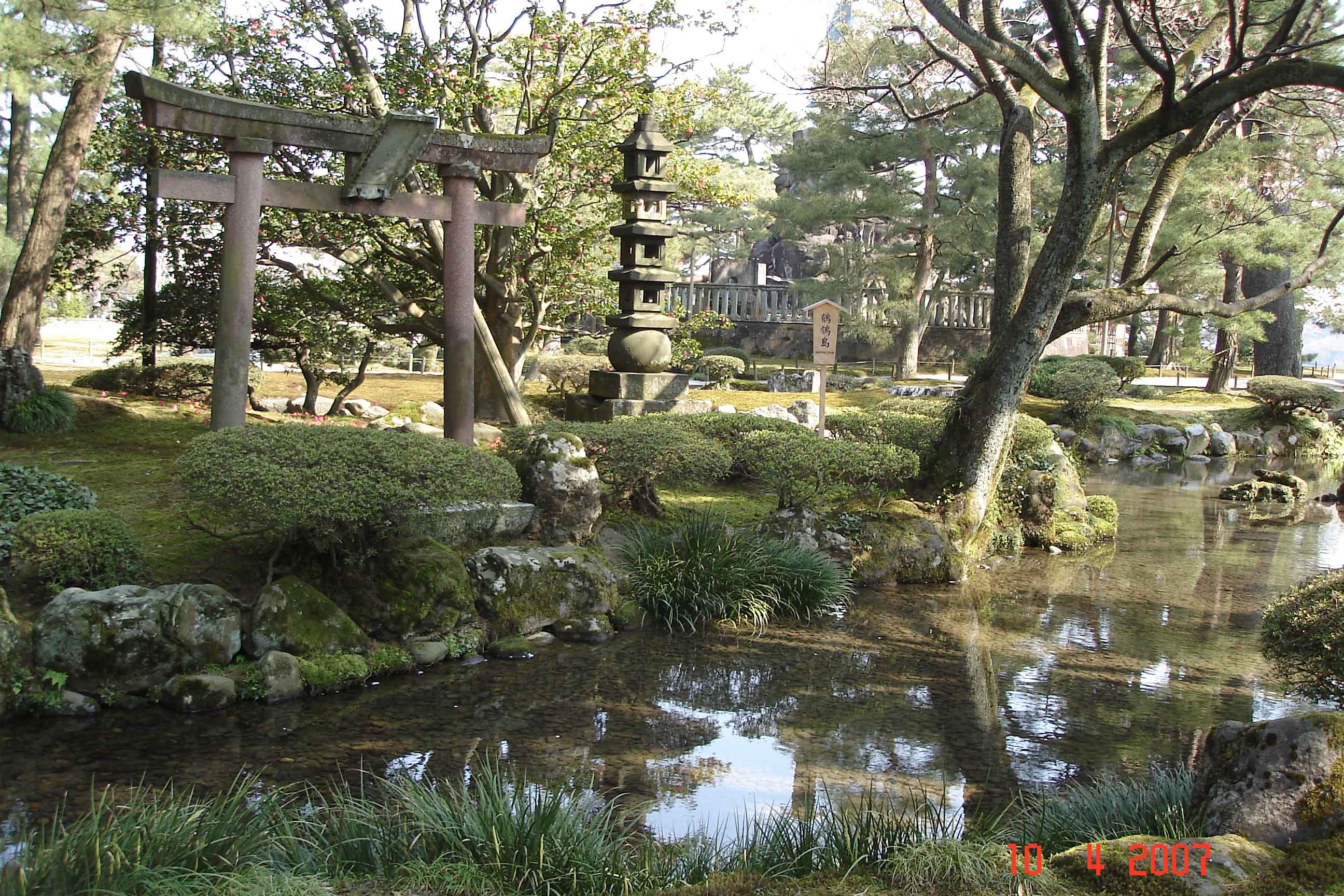
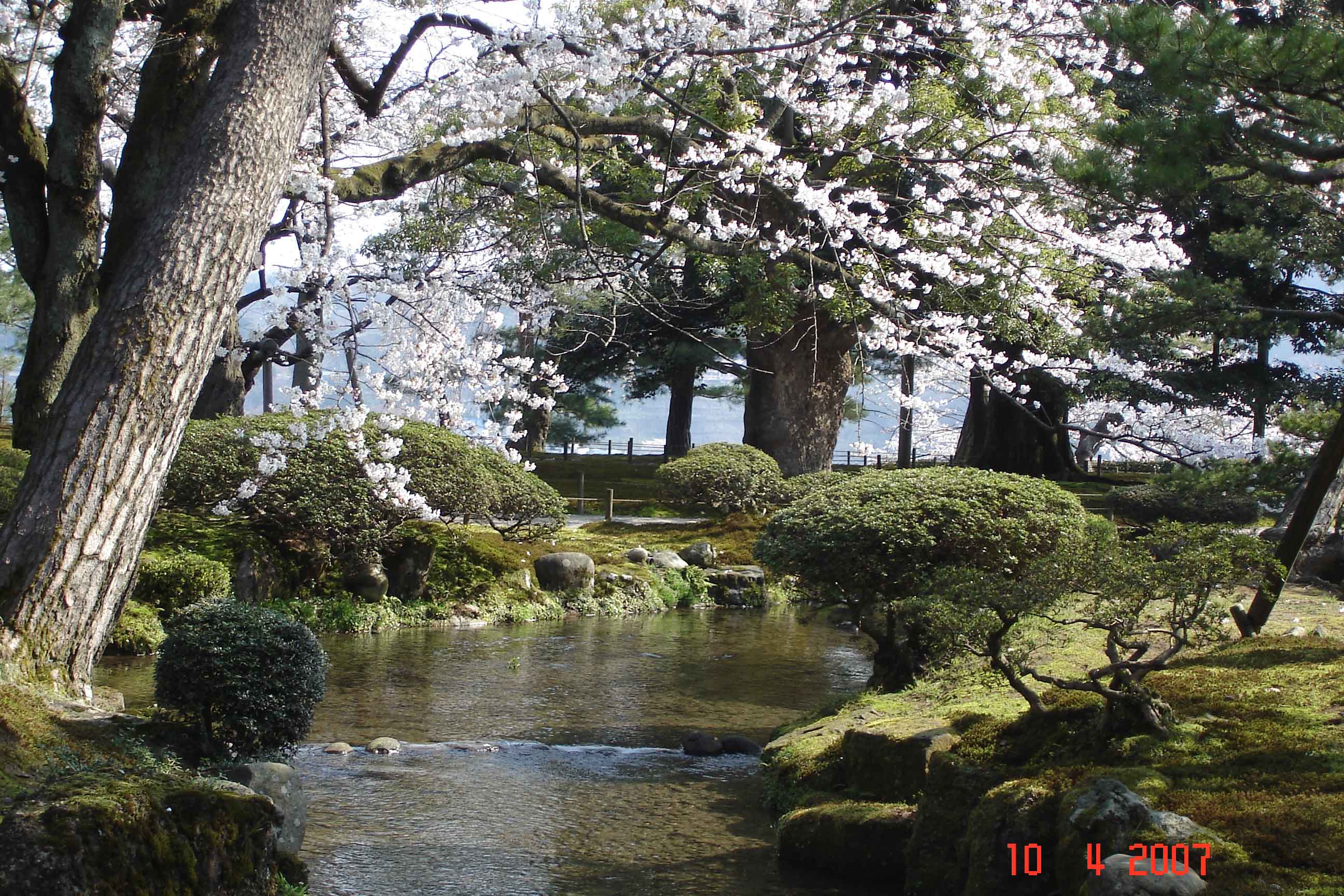
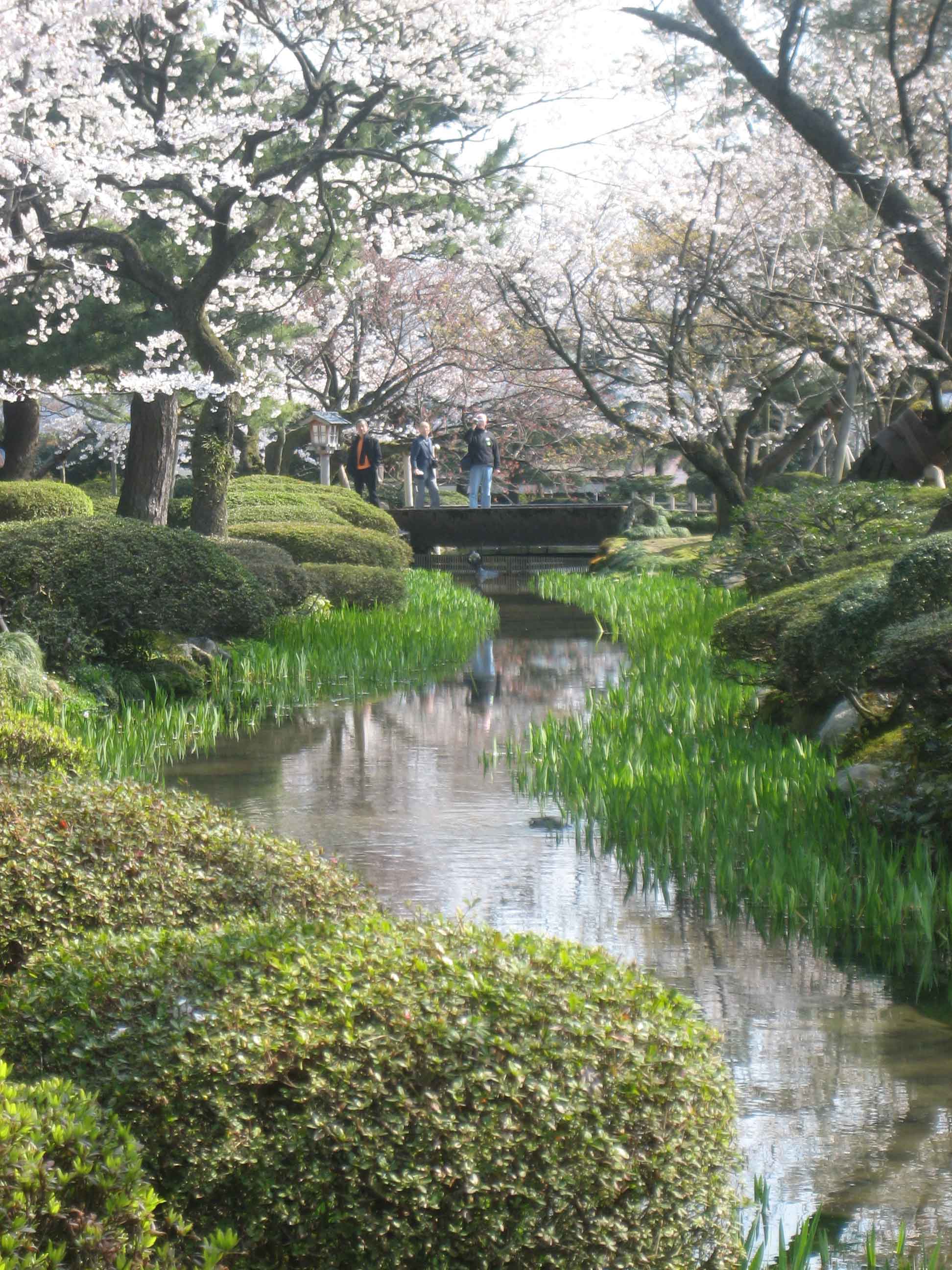
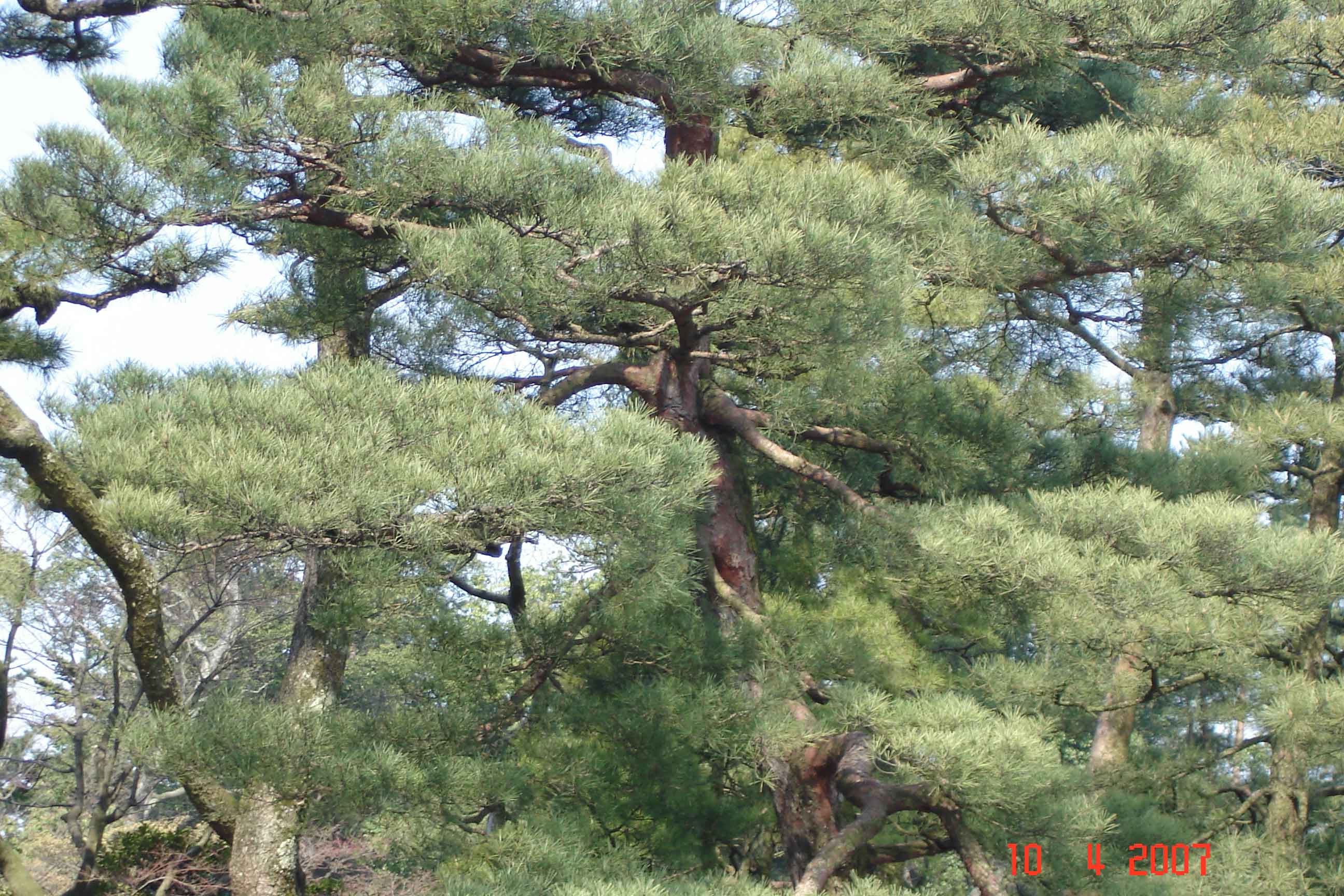
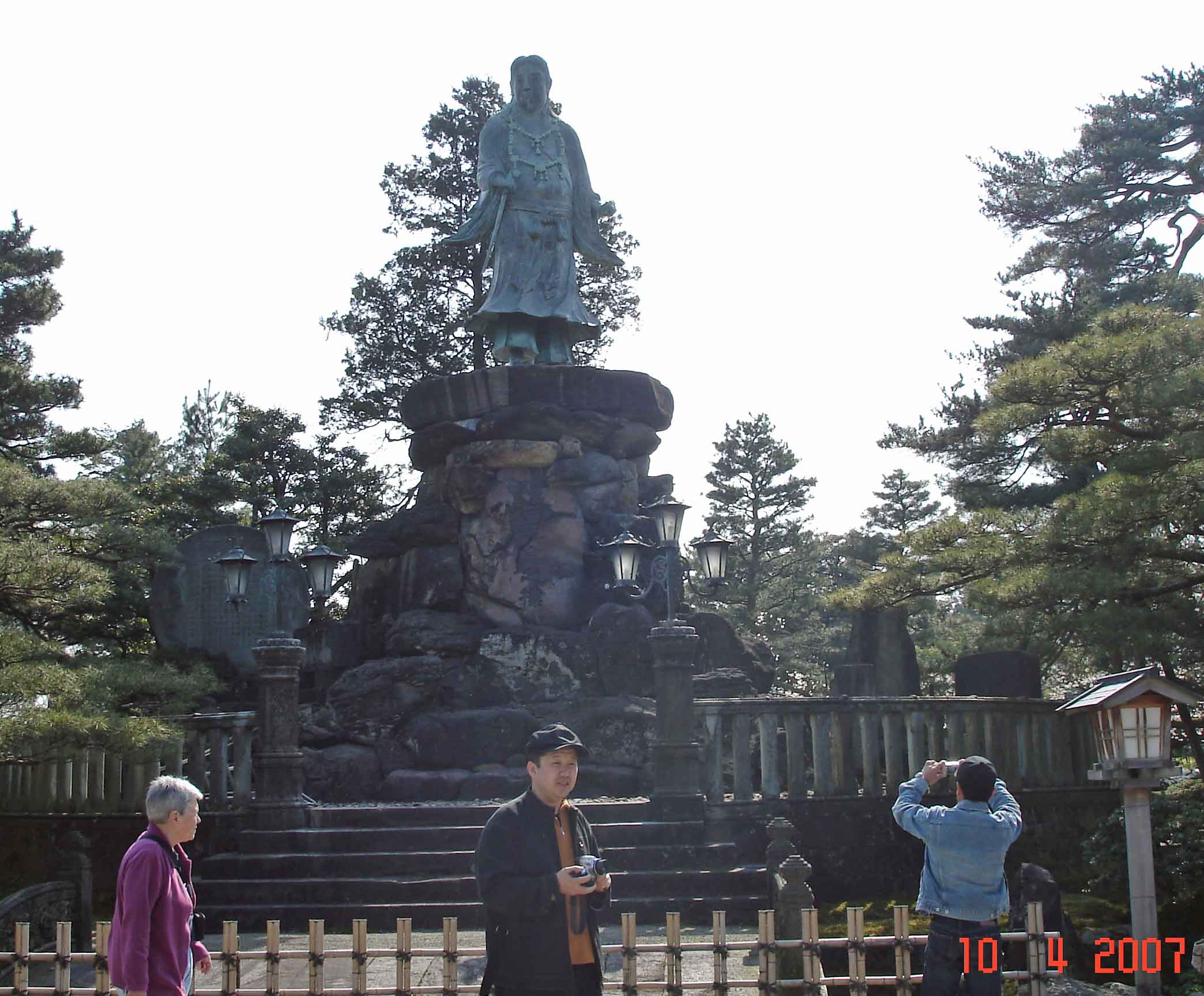
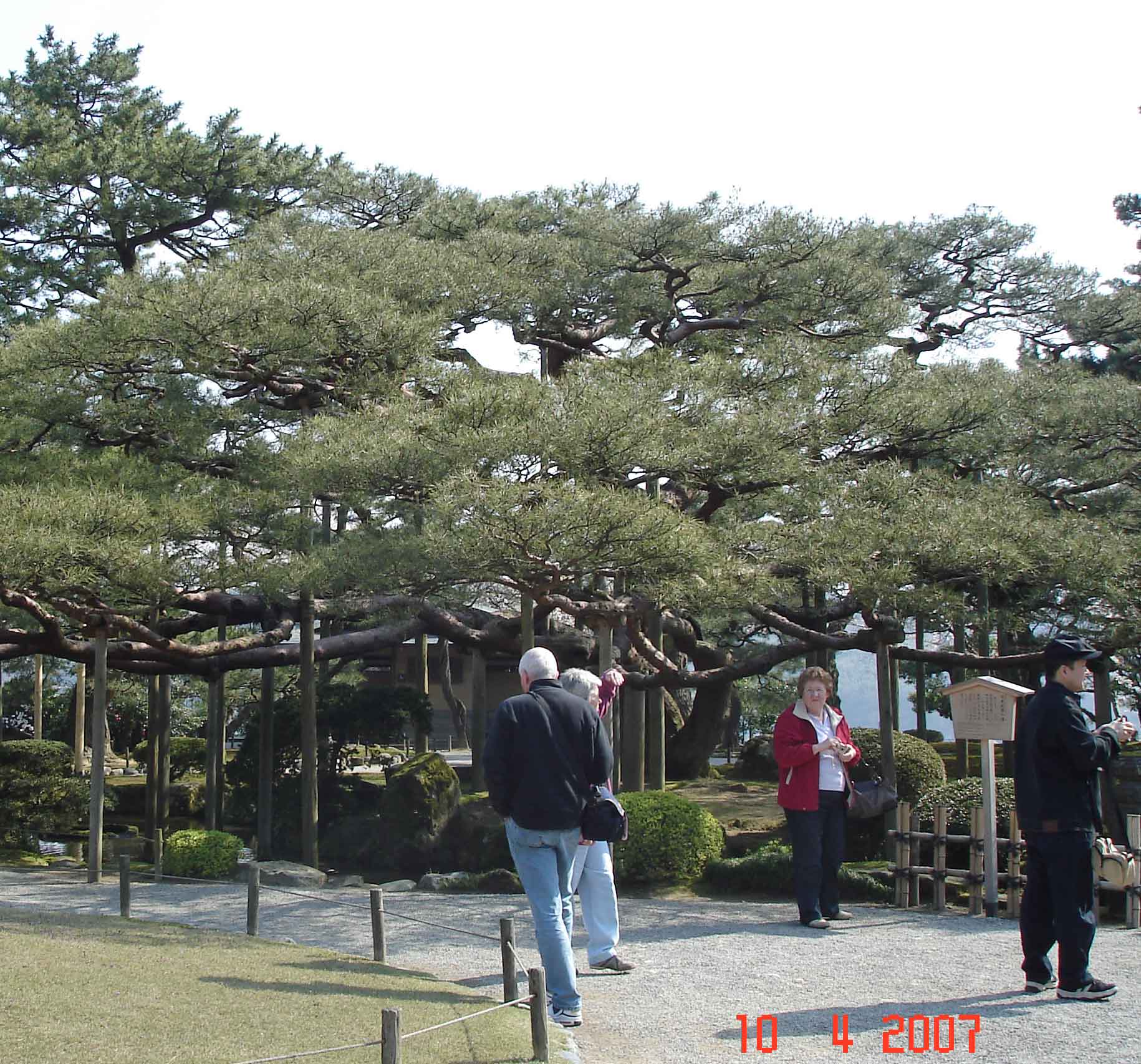
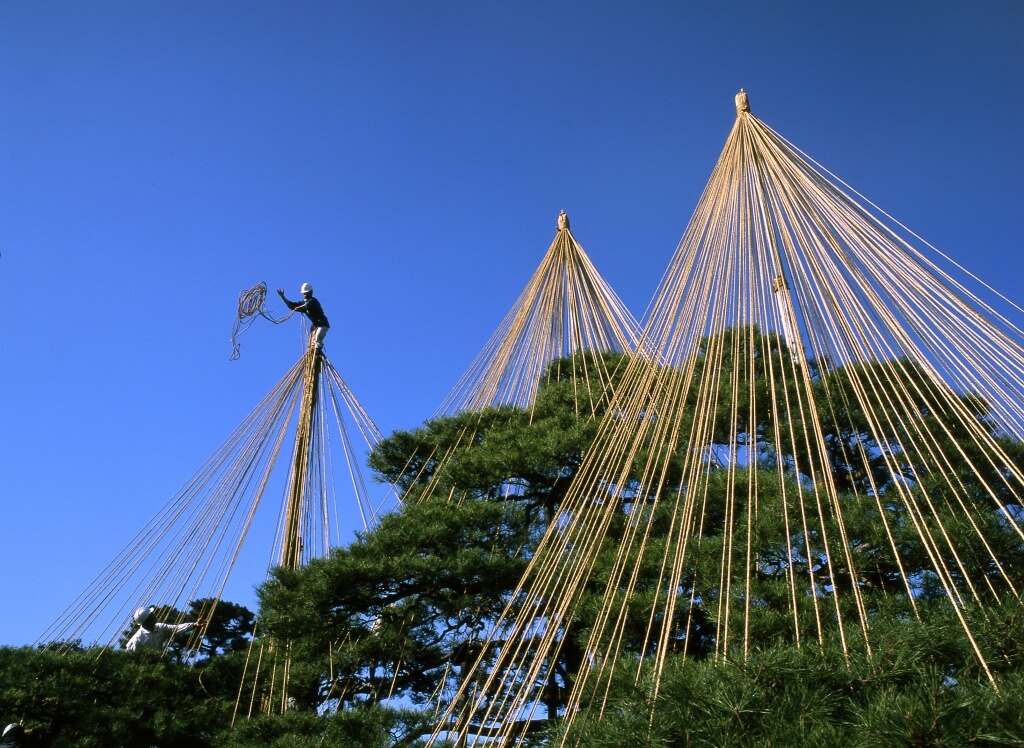
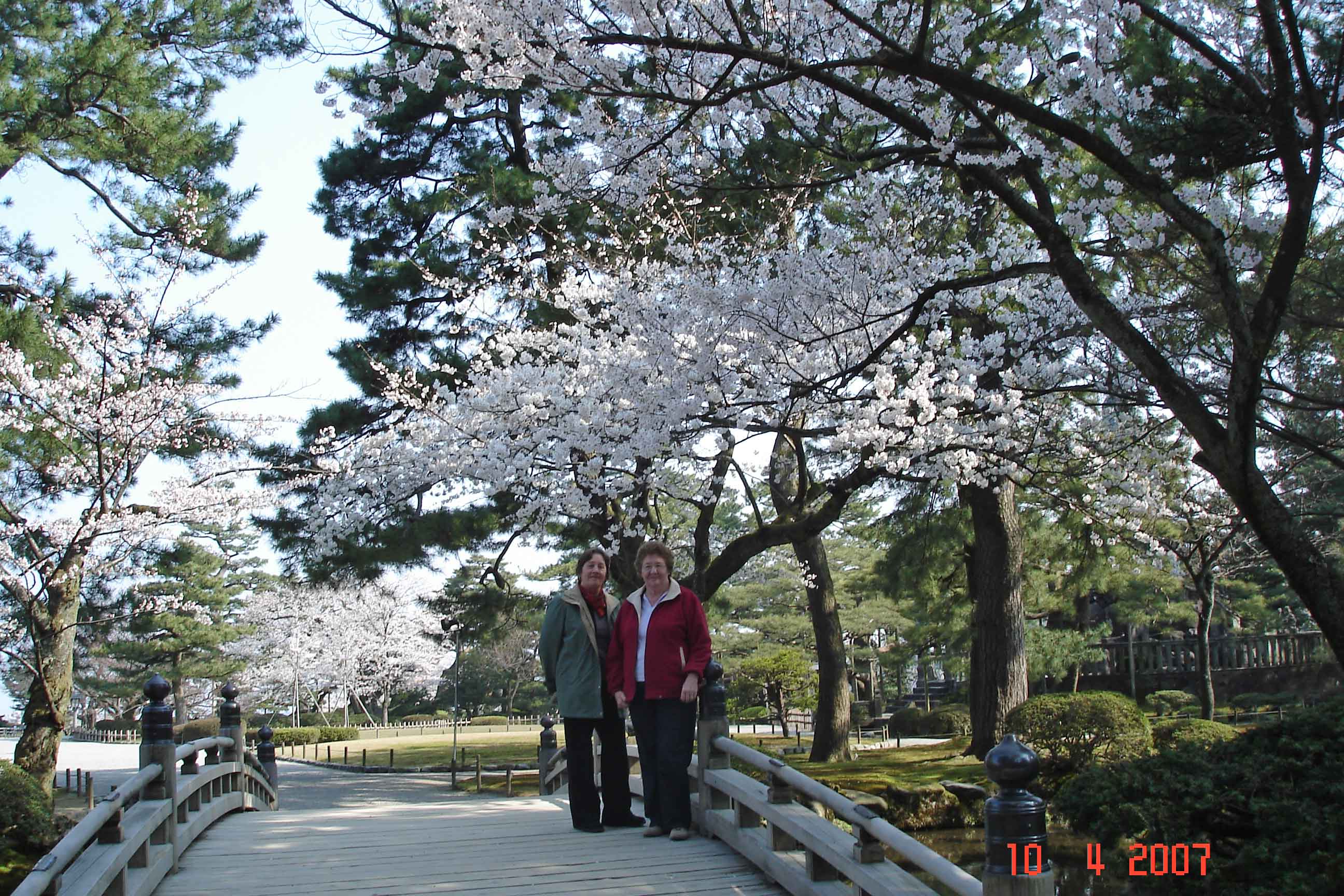
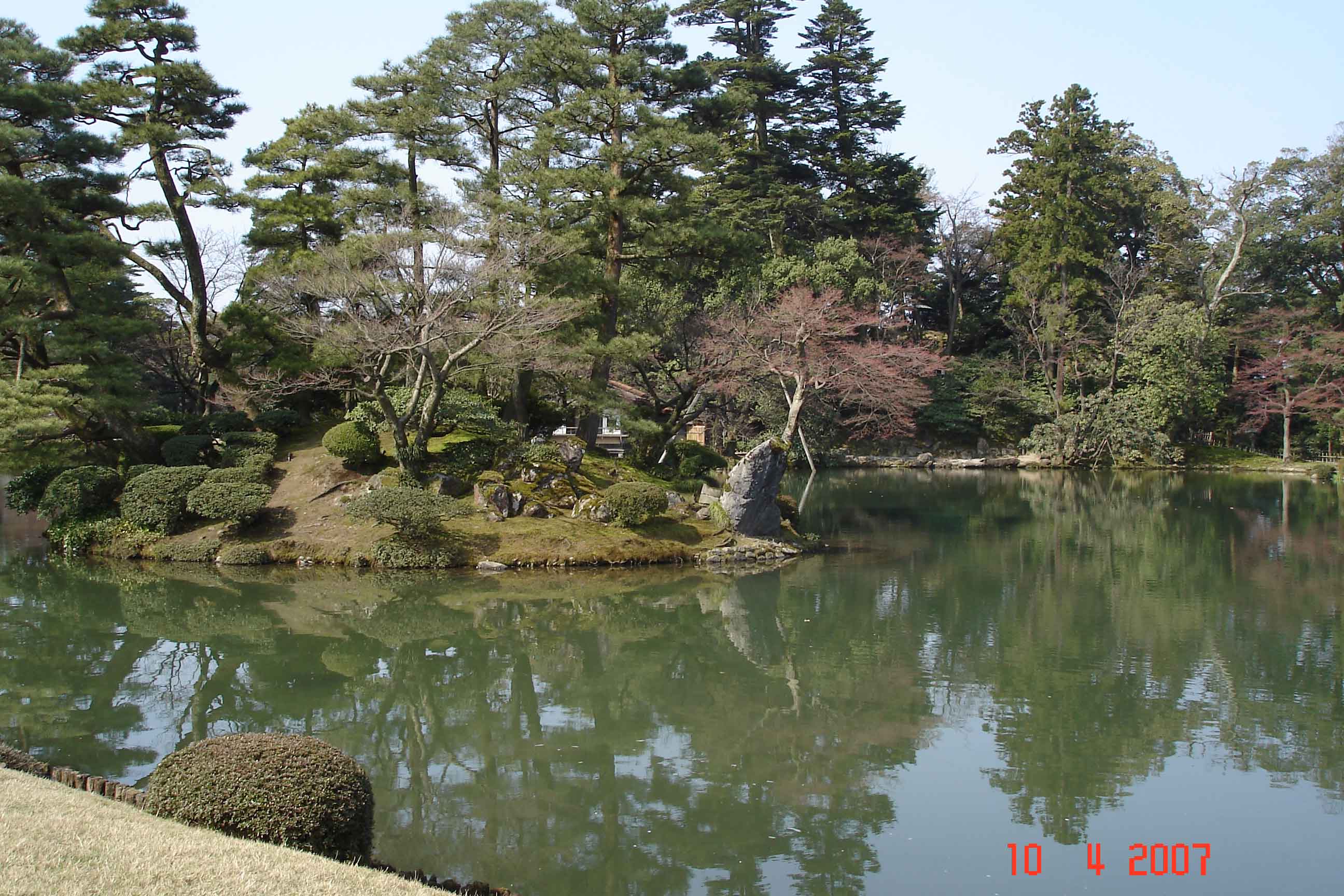
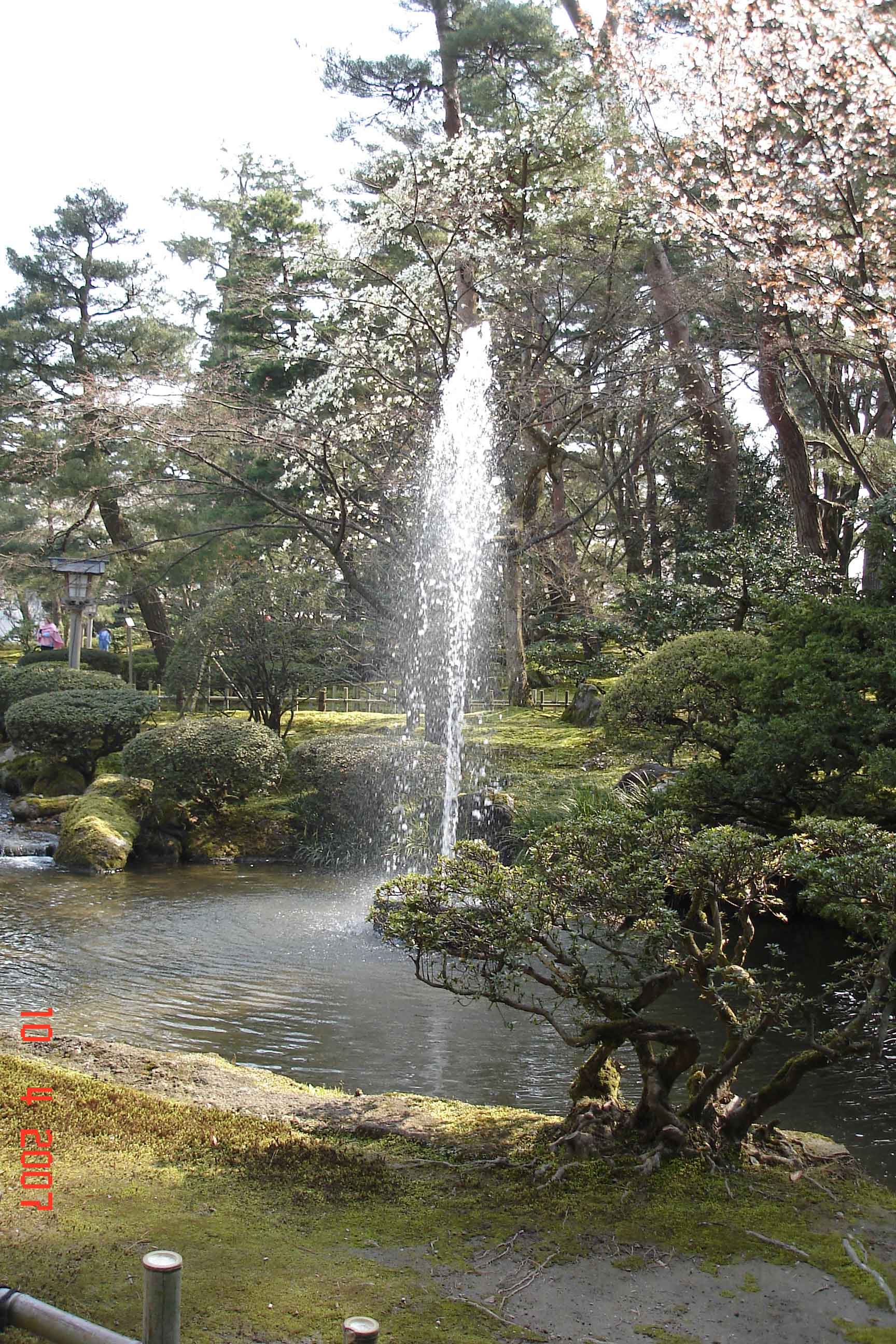
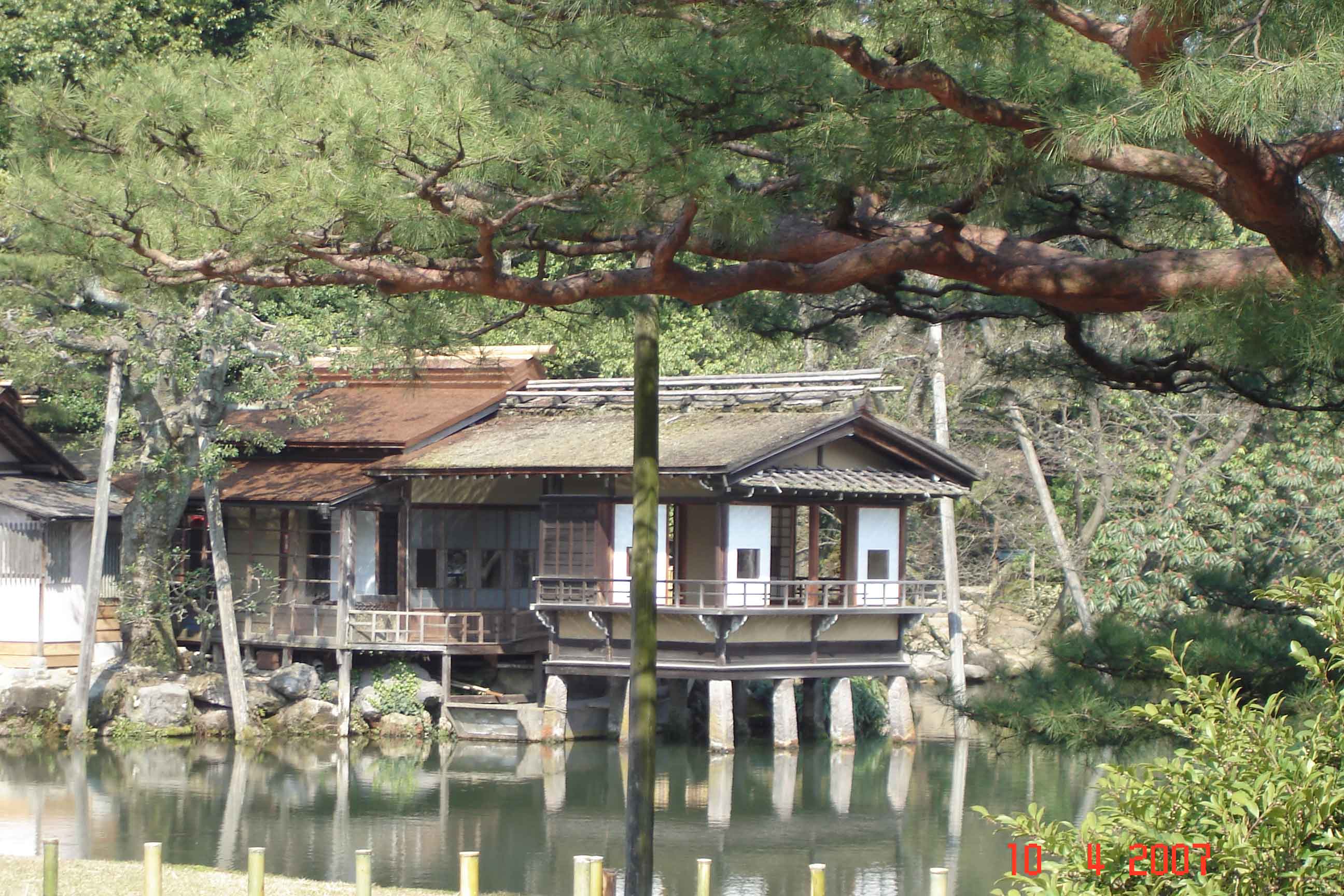
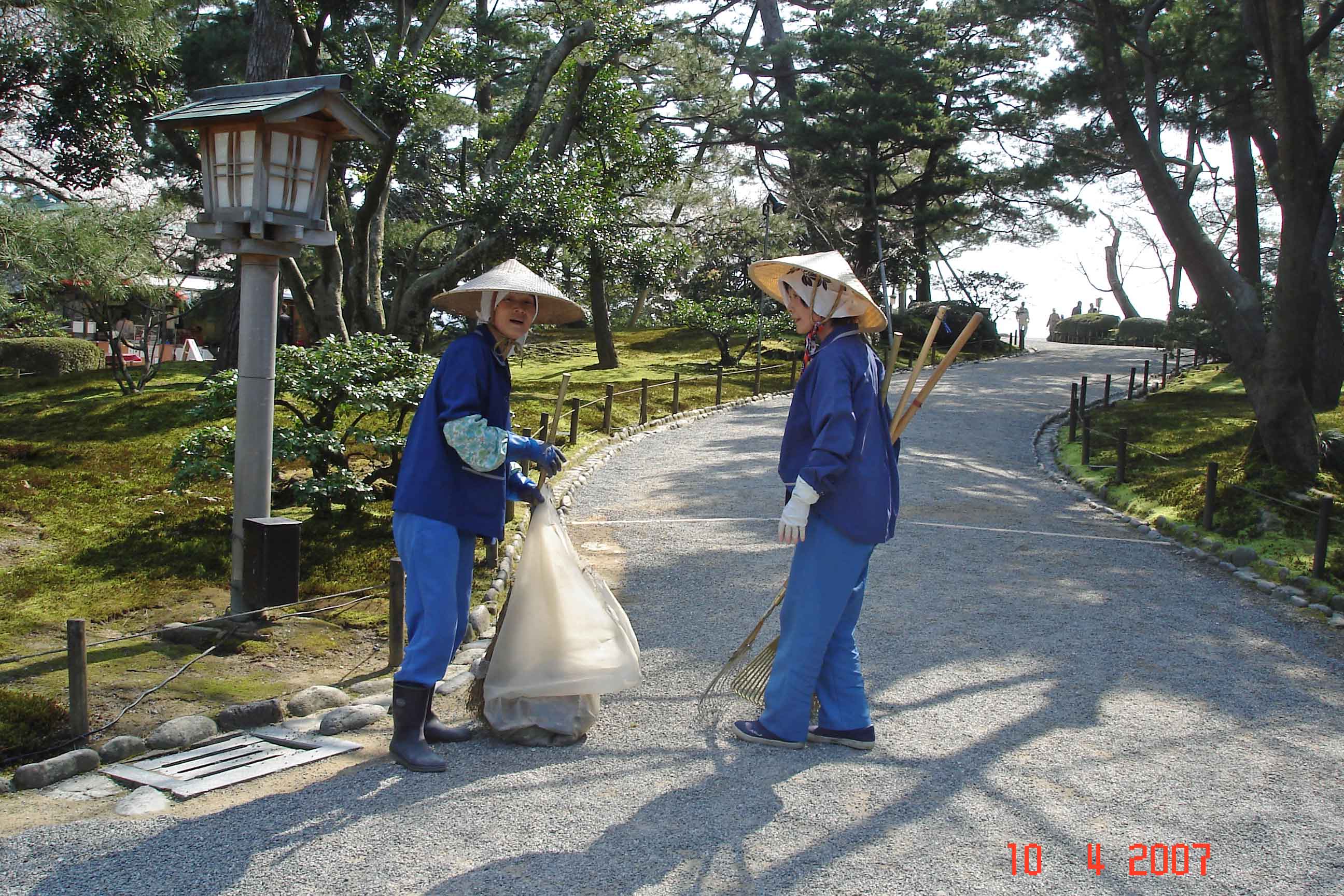
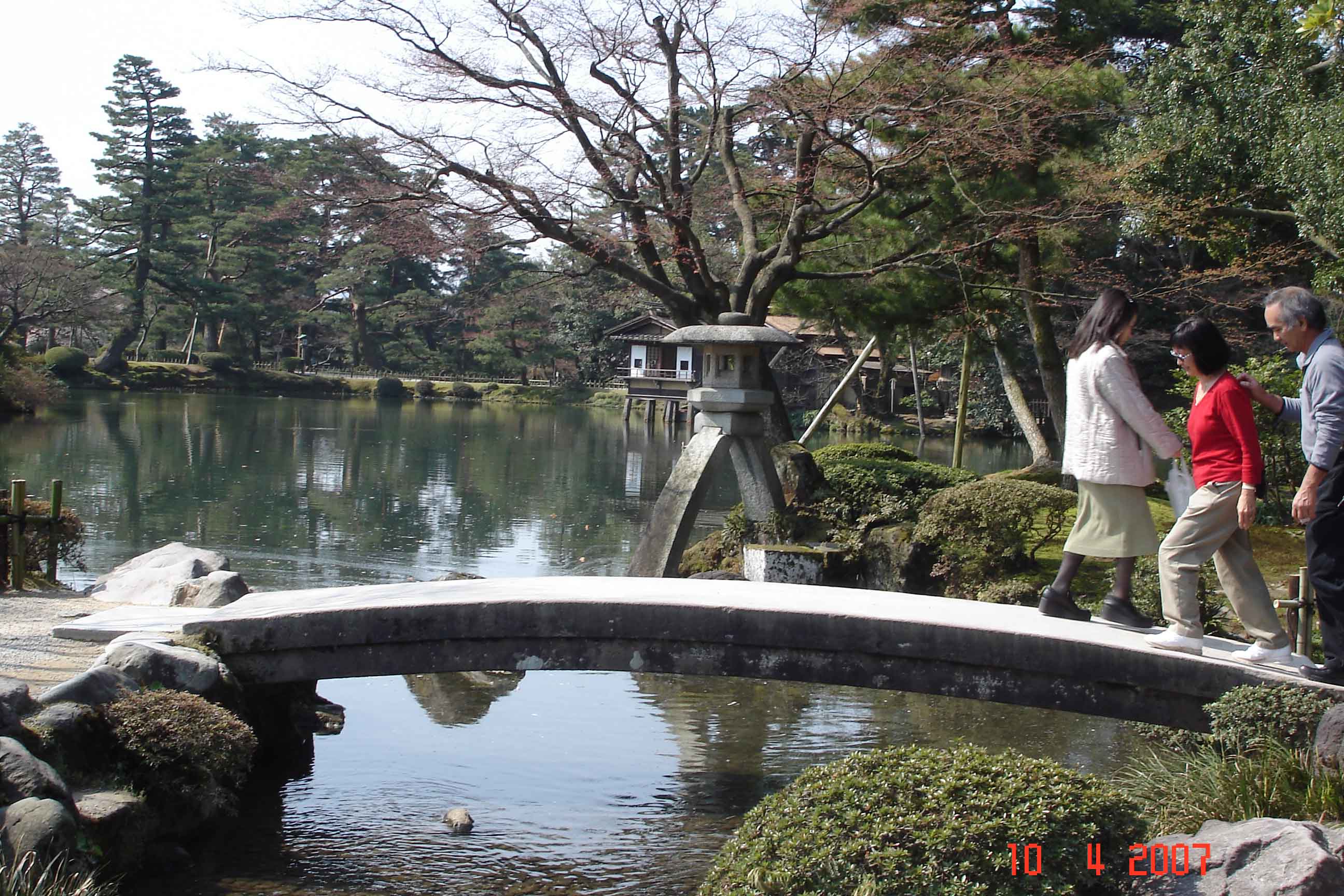
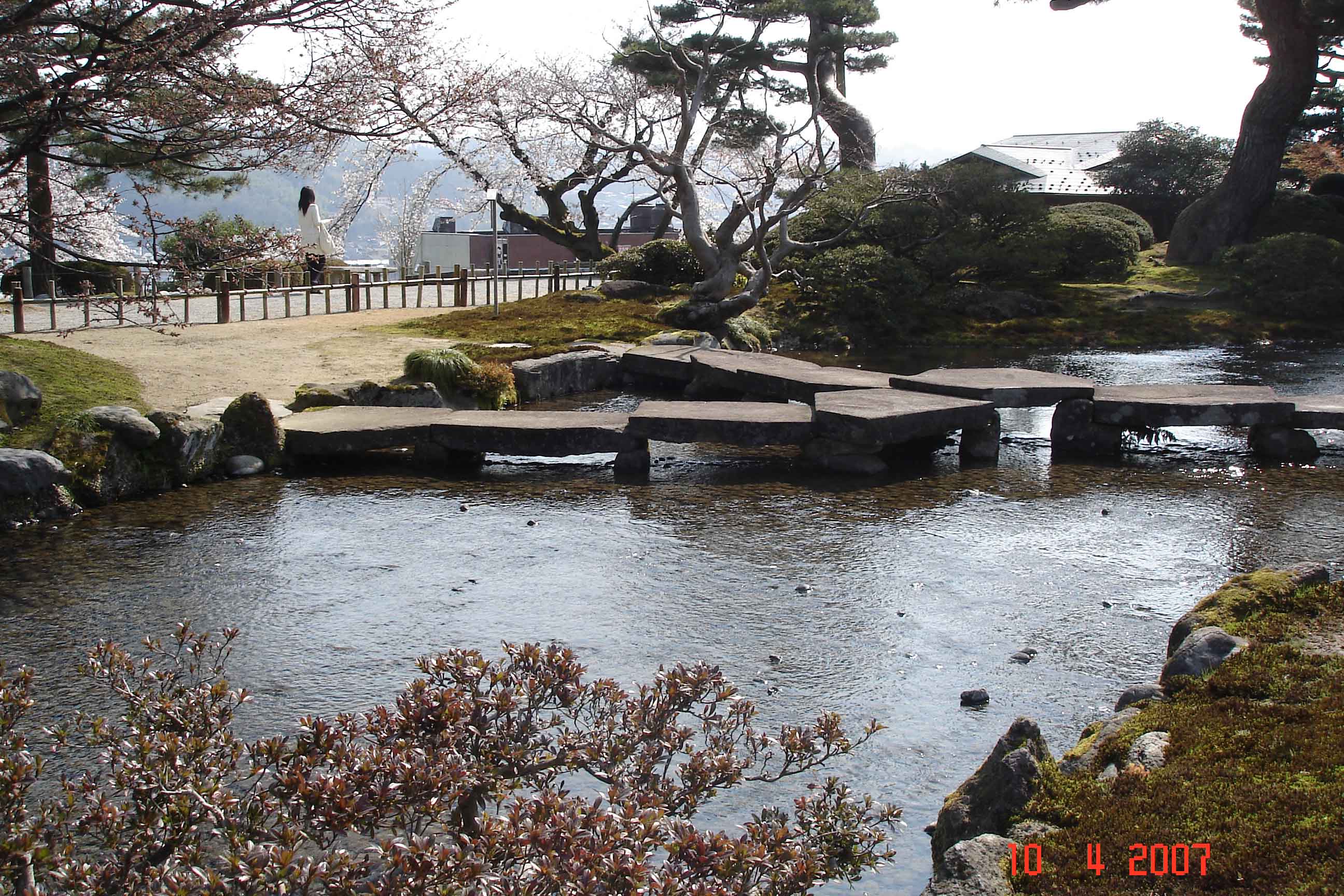
Loved the photos! Love the trees and cherry blossom, I hope I can see that park / garden one day! Great job on the pics 😀
Hi Mike, thanks for your comments.
I am excited to see the next picture uploads of ‘Yukitsuri’ or snow hanging during snowfalls. I guess this will be looks like a frozen Christmas Tree. 🙂
Those photos look so lovely, you can’t beat a nice bit of landscape gardening makes a big difference to the feel of anywhere what has had it done, and the Eastern Europeans seem to know how to do it with grace gardenbuilingsonline.com
The Japanese gardens are all aimed at perfection in one form or another. Thanks for your comment.
Some amazng gardens here, love these cherry blossoms!
Cherry blossom time in Japan is a wonderful sight. Thanks for your comment.
Yes, the Japanese landscaping is very traditional, beautiful and tranquil to experience. Lyn